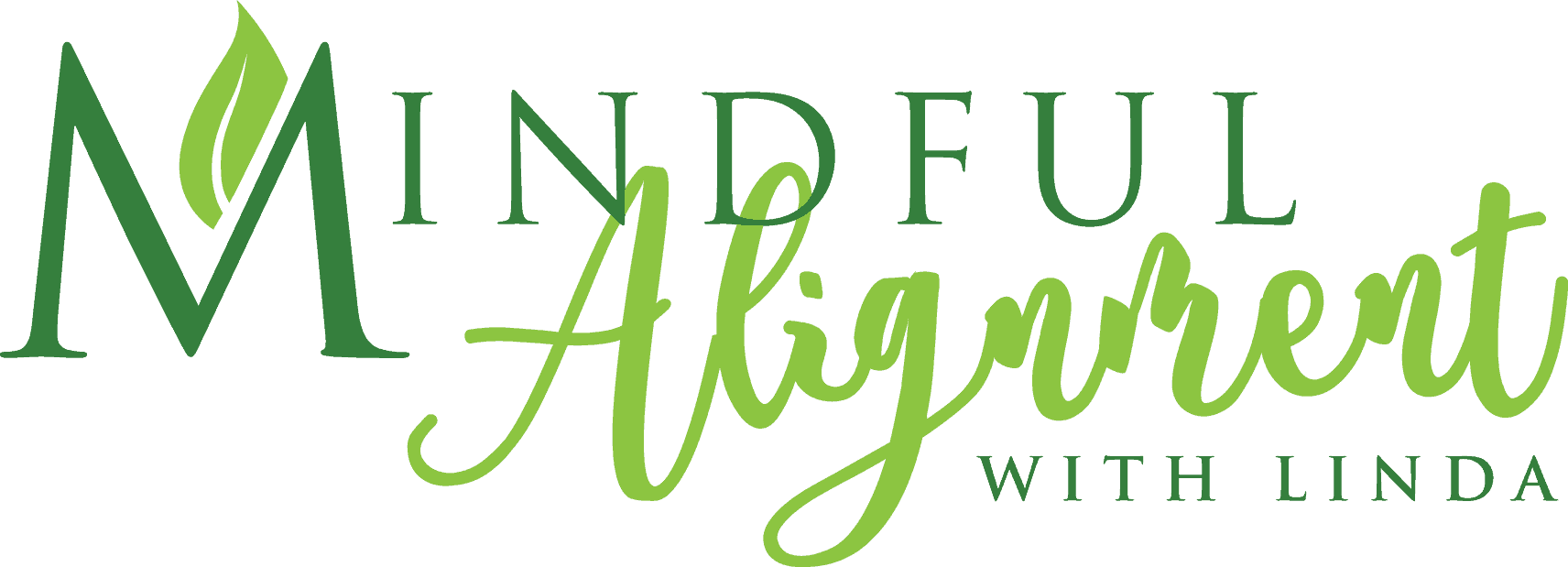Staying Safe, Healthy & Calm During a Viral Outbreak
This week I was planning on following up last week’s article on Blue Zones with information about nutrition. However, given the current national/international environment, I feel it is more important to address your current concerns about staying healthy and reducing stress.
Information about staying safe is readily available about hygiene and staying safe. Check with the Center for Disease Control (CDC) for details. Of course, always follow your medical doctor’s advice as well.
What else can you do?
Keep to your regular routine as much as possible
If you are working from home, try to follow the same schedule. Having a familiar routine is essential, because this practice reduces stress, and keeps you grounded.
Take cues from the Blue Zone residents: Eat healthier
It is more important than ever. The healthier you are, the easier it is for your body to fight off germs. Remember, our bodies are designed to fight germs. Many people benefit from thinking “healthy” thoughts.
Stay positive
The challenge with uncertainty is not knowing what is going to happen. Reflect on a time where there was uncertainty but with a positive outcome. If you have extra time, tackle that project that you have been putting off — keeping busy helps.
Get enough sleep
This can help boost your mood and lessen depression and anxiety.
Drink green tea
The antioxidants will boost your immune system.
Meditate or just “step outside” or both
Being outside in the sunshine observing nature shifting into a new season can do wonders for you mentally.
Keep moving
Exercising, especially yoga, not only keeps your body healthy, it can also lessen depression. As an alternative to attending classes, go for a walk, ride a bike or attend a virtual class or private virtual session.
Connecting with community is essential for mental health
Check in with your family and friends. Keep social connections alive through online tools.
Finally, breathe
The breath is a fantastic tool that calms your body and mind. The best part is that it is always with you wherever you go.
Here’s a calming breath technique
- Sit wherever comfortable.
- Take a slow inhale through the nose, if possible.
- Exhale gently and slowly through pursed lips like blowing on hot tea or coffee.
- Feel the body relax.
- Repeat as necessary until you feel calmer and more relaxed
Another technique that helps settle anxiety is to gently press one thumb into the middle of the palm of the other side. Hold for 30 -60 seconds. Repeat on the other hand. Just like with the breath, this technique can be done anywhere, and no one knows you are doing it.
Let me know what technique works for you.
If you would like to try meditation, here’s a free meditation recording for anyone who signs up for my newsletter.
Are you wanting to regain the physical freedom you once had? Schedule a private online consultation where you will receive a full assessment and custom routine to achieve your flexibility goals.
Related Articles:
Beyond Calcium: The Power of Yoga for Bone Health
Discover how yoga supports bone health and osteoporosis prevention. Learn science-backed poses that strengthen your skeleton and reduce fracture risk.
The Motivation Paradox: Action is the Catalyst for Healing Back Pain
Discover the Motivation Paradox of Back Pain—why waiting for motivation keeps you stuck and how action is the true catalyst for healing. Learn science-backed strategies to break the pain cycle and reclaim mobility.
Transform Back Pain Anxiety: From Uncertainty to Empowerment
Discover how to navigate pain anxiety with empowerment. Embrace uncertainty and reclaim your healing journey through mindfulness and resilience.
Transforming Your Relationship with Back Pain: A Mindset Revolution
Back pain is more than a physical challenge—it's a profound psychological journey. The real battle isn't just in your muscles and joints, but in your mind. Your thoughts can either be a prison or a pathway to healing. Reframing Your Inner Narrative When chronic pain...




